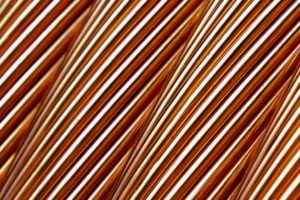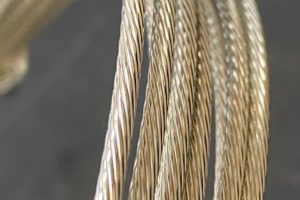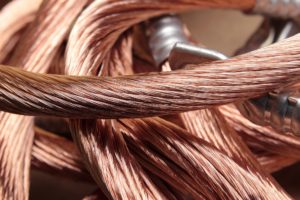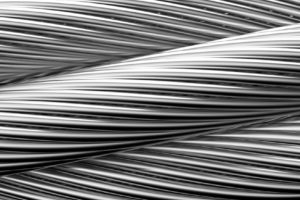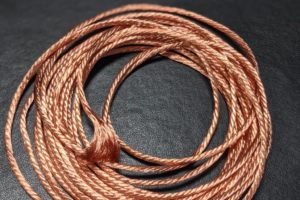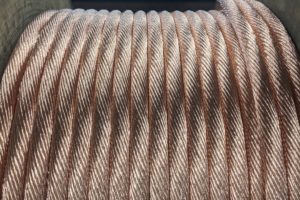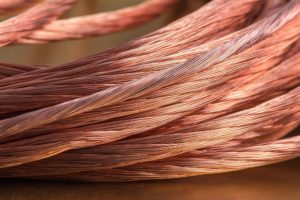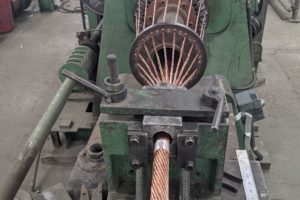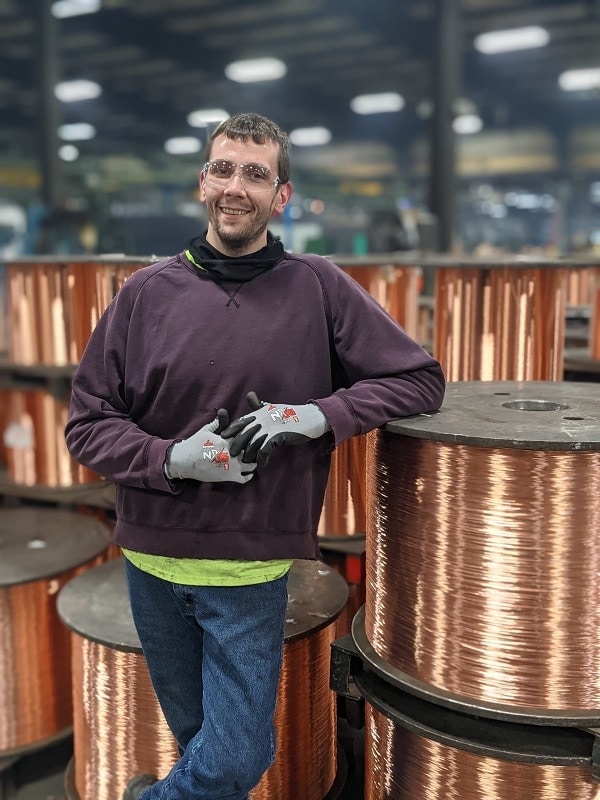International Wire offers an extensive range of copper and copper-alloy wire products, including stranded wire. With over 100 years of combined wire manufacturing experience, we have the expertise to deliver innovative wire solutions made from high-quality materials. To meet various needs, we can produce stranded wire in different configurations, including concentric, bunch, and rope strand options. These products provide numerous advantages that make them ideal for everything from electronics to automotive applications and more.
Stranded Wire Explained
Stranded conductors are made by twisting multiple single-end wires together. They are suitable for several applications, including electronic devices and cable assemblies. International Wire produces stranded wires in numerous configurations, with some of the most common including:
- Concentric Strand. This type of stranded wire consists of a wire core surrounded by one or multiple layers of helically laid wires. They are available in three main forms, with different lay lengths and directions, including:
- Equilay. Layers of wire are laid in a geometric pattern around the core, with the same lay length and an alternately reversed lay direction.
- Unidirectional. Layers of wire are laid in a geometric pattern around the core, with increasing lay lengths and the same lay direction.
- Unilay. Layers of wire are laid in a geometric pattern around the core, with the same lay length and lay direction.
- Bunch Strand. With this configuration, wire strands are bundled in a random pattern and laid in the same direction. The strands are twisted in a single operation and have the same lay length and direction. Compared to concentric constructions, bunch strands have a lower dimensional tolerance and rougher surface. Various applications, including appliance cables, automotive components, consumer electronics, and headphone cables rely on bunch strands.
- Rope Strands. Rope strand constructions offer improved flexibility by using a higher number of finer strands while providing tighter dimensional tolerances compared to bunch strands. Rope strands comprise bunched or concentric members stranded together into the finished bunched or concentric configuration. Because of their flexibility, rope strands are well-suited for applications that require a high range of motion.
Stranded Wire Advantages
Compared to solid wire, stranded wire provides several benefits, including:
- Flexibility. Multi-strand wires offer improved flexibility over solid wire. This makes them ideal for applications requiring repeated bending and a high degree of movement. Their flexibility also facilitates tighter bends, reducing the amount of space needed for wiring installations.
- Durability. Their multi-strand design allows stress to be distributed across the entire conductor, rather than concentrating it on a single area. This improves the wire’s resistance to breakage and metal fatigue caused by repeated flexing or bending.
- Increased conductivity. Stranded wire provides a larger surface area for reduced resistance and improved electrical conductivity. This makes it a more efficient option for various applications.
- Improved high-frequency performance. Compared to solid wires, stranded wires deliver better performance at high frequencies.
- Support for indoor and outdoor electrical applications. Stranded wire is suitable for both outdoor and indoor electrical applications.
